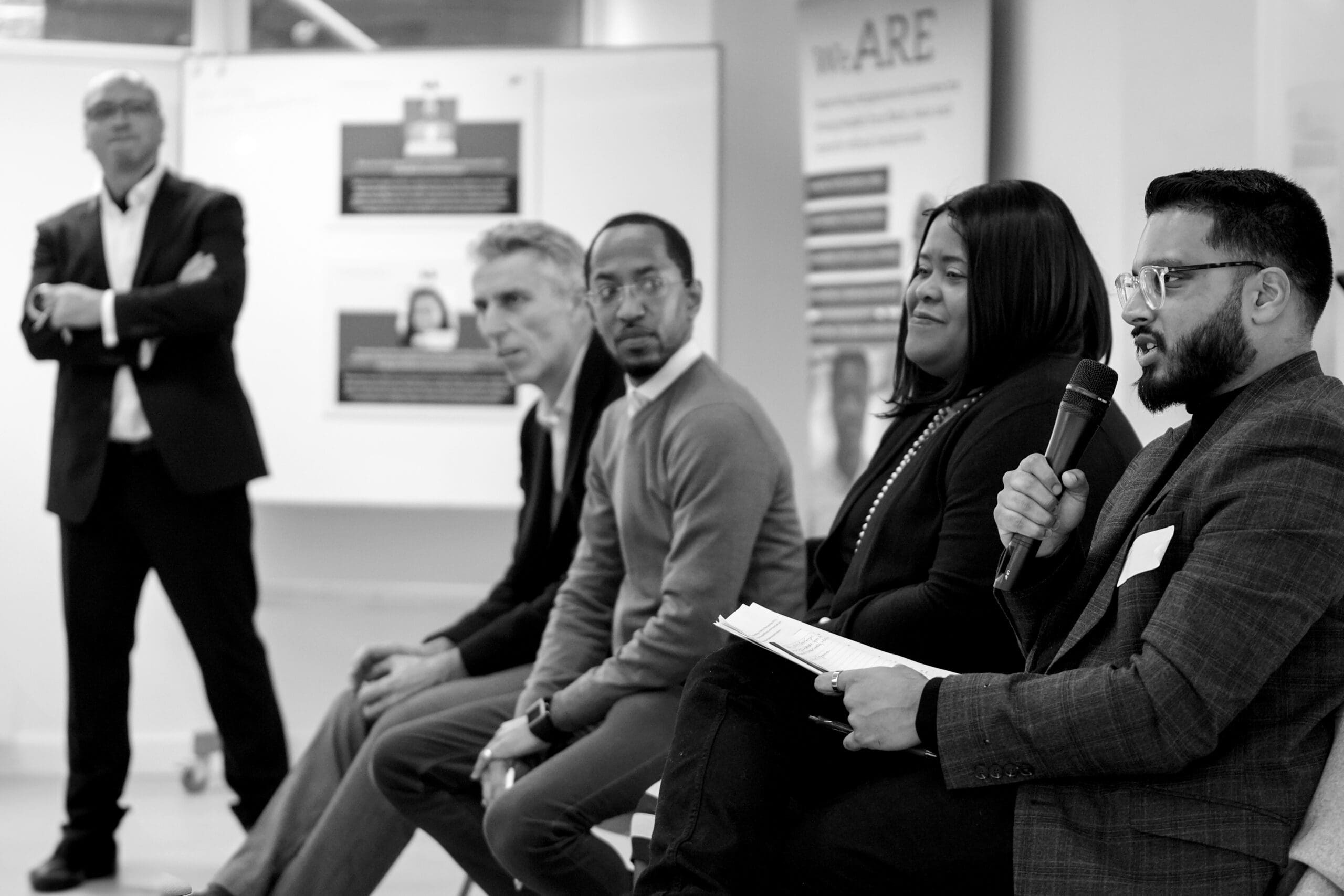Have you ever felt caught in-between two worlds, unsure of where you truly belong? If so, you’re not alone.
Ten years ago, I came home from primary school in tears. When my mum asked what was wrong, I simply said, “my name.” Surrounded by classmates with traditionally British names, I felt like an outsider. Little did I know, this was the beginning of my journey to embrace and find comfort in my dual identity.
As we celebrate South Asian Heritage Month, I reflect on this journey.
I am a second-generation immigrant, born and raised in the United Kingdom to parents who emigrated from India. My parents worked tirelessly to raise me and my two sisters; my dad learned gas engineering from scratch to provide for the family, and my mom stayed at home to raise us. Frequent visits to India deepened my connection to my heritage.
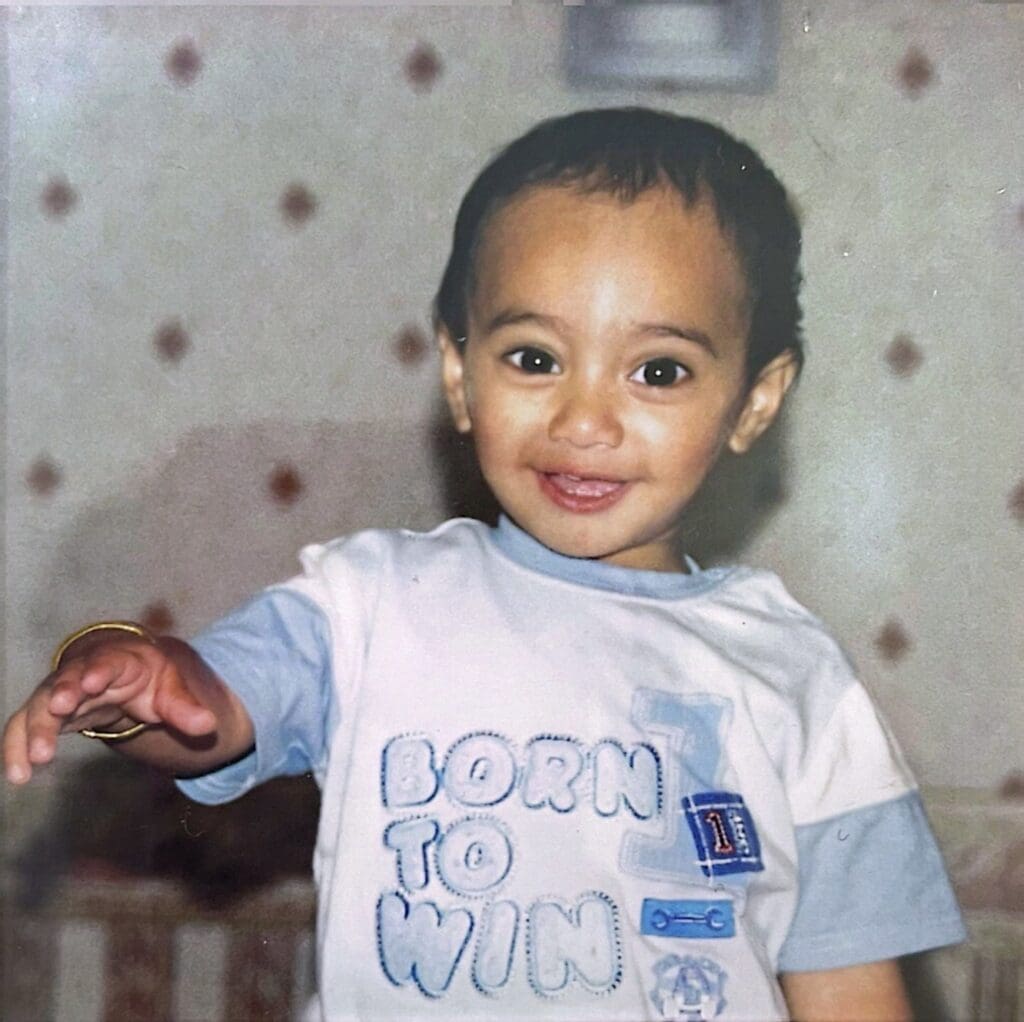
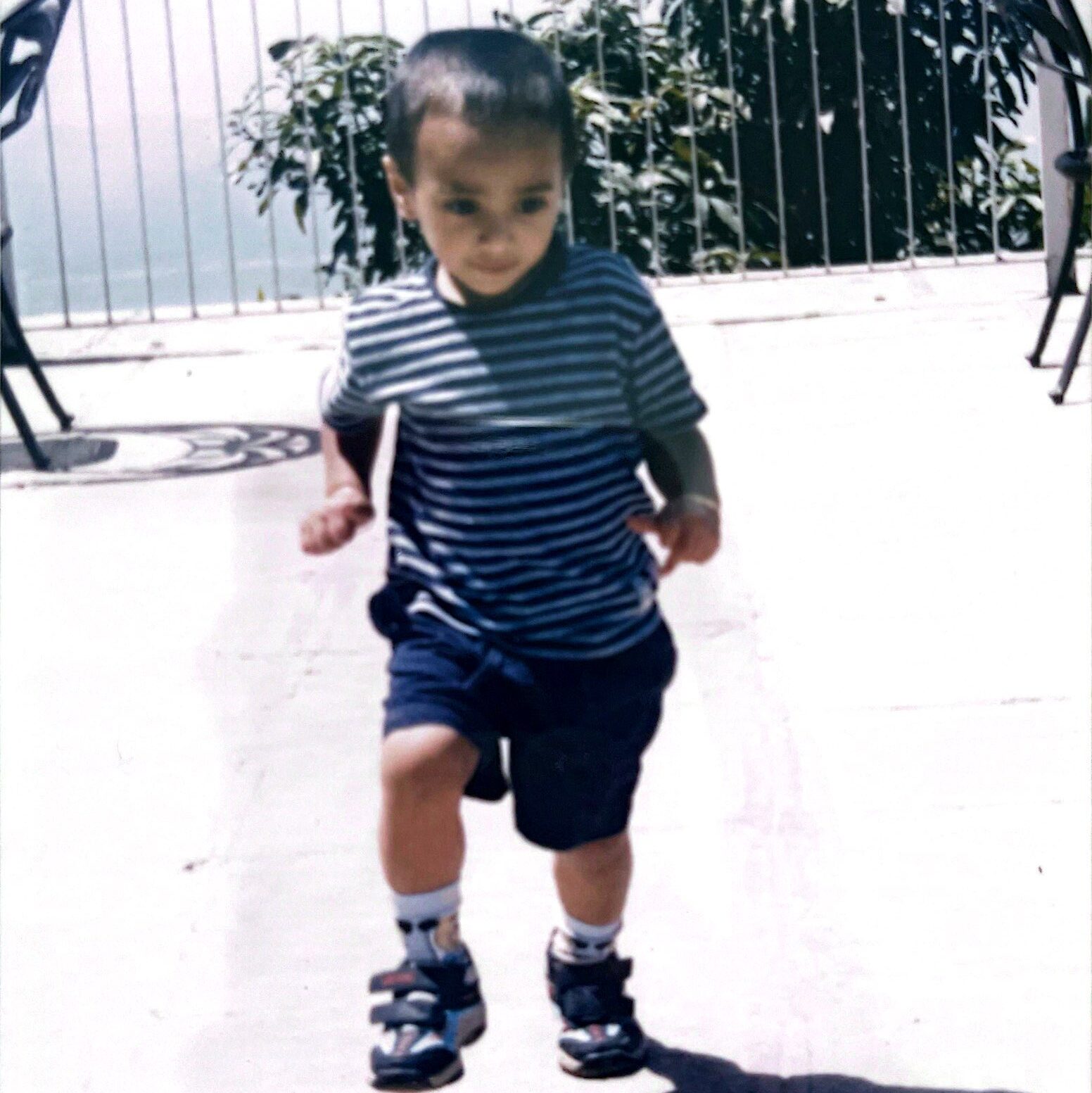
Yet, during my childhood and early teens, I questioned whether I was more Indian or British – feeling not fully British because of my skin colour and not fully Indian because of my clothes and accent.
Embracing the Process
Still, I was fortunate enough to grow up in environments that allowed me to gradually understand my identity. From being the prefect in primary school, to head boy in sixth form, and then president of a university society, I had opportunities to build my self-esteem and understand my dual identity at pivotal moments in my life.
I don’t claim to have it all figured out – few of us do. Instead, I’d like to emphasise the idea that our identity is fluid, shaped by our past and our future experiences.
Still, I am learning more about myself; this was apparent during a recent volunteering trip to Nepal, where many locals were interested in my story as I was someone who looked like them, but sounded different. A few years ago, I may have hesitated to speak much in fear of judgement, but this experience gave me a greater sense of appreciation for my identity as something to share, not hide.
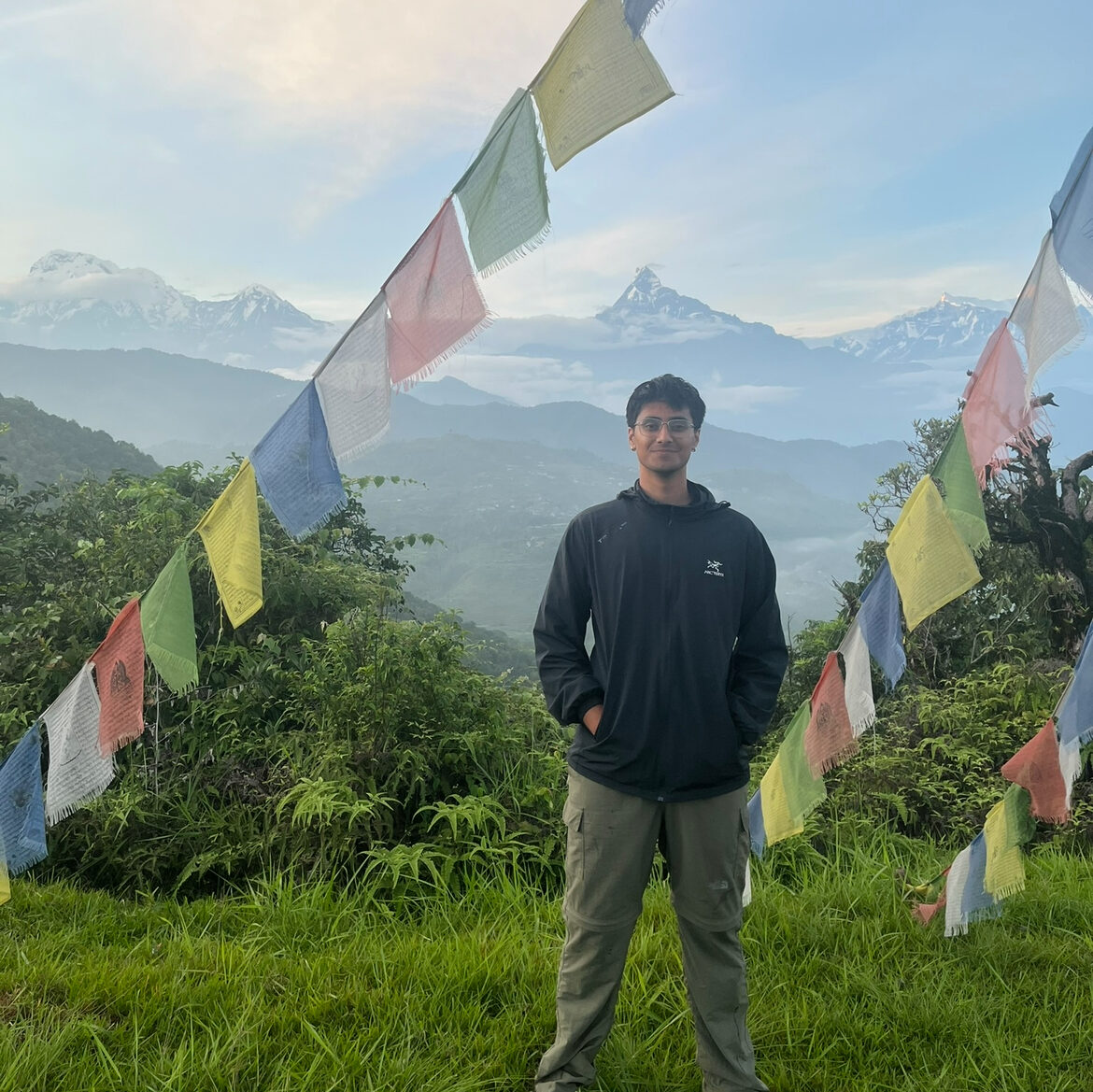
It is important to appreciate that no two people will have the same journey with their dual identity. Positive reactions from others are crucial; without them, it can be hard to feel accepted.
In fact, research shows that multiracial individuals often feel ‘doubly rejected’ because society defines them more by what they are not than by what they are, leading them to feel like their identity is not valued or appreciated. Nevertheless, this shouldn’t deter us from embracing new experiences to better understand ourselves as our dual identity is a dynamic process that makes us whole, rather than two separate sides of the same coin.
‘When individuals are encouraged to thrive in unique mosaics of self, everyone benefits.’
After reflecting on my personal journey, I realise I’m no longer the 10-year-old boy ashamed of his name. I take immense pride in that fact and the opportunities I’ve had to better understand myself and those around me. It’s also led to understand our collective responsibility to accept and value the journey of others in understanding their own identity, regardless of where they are in this journey.
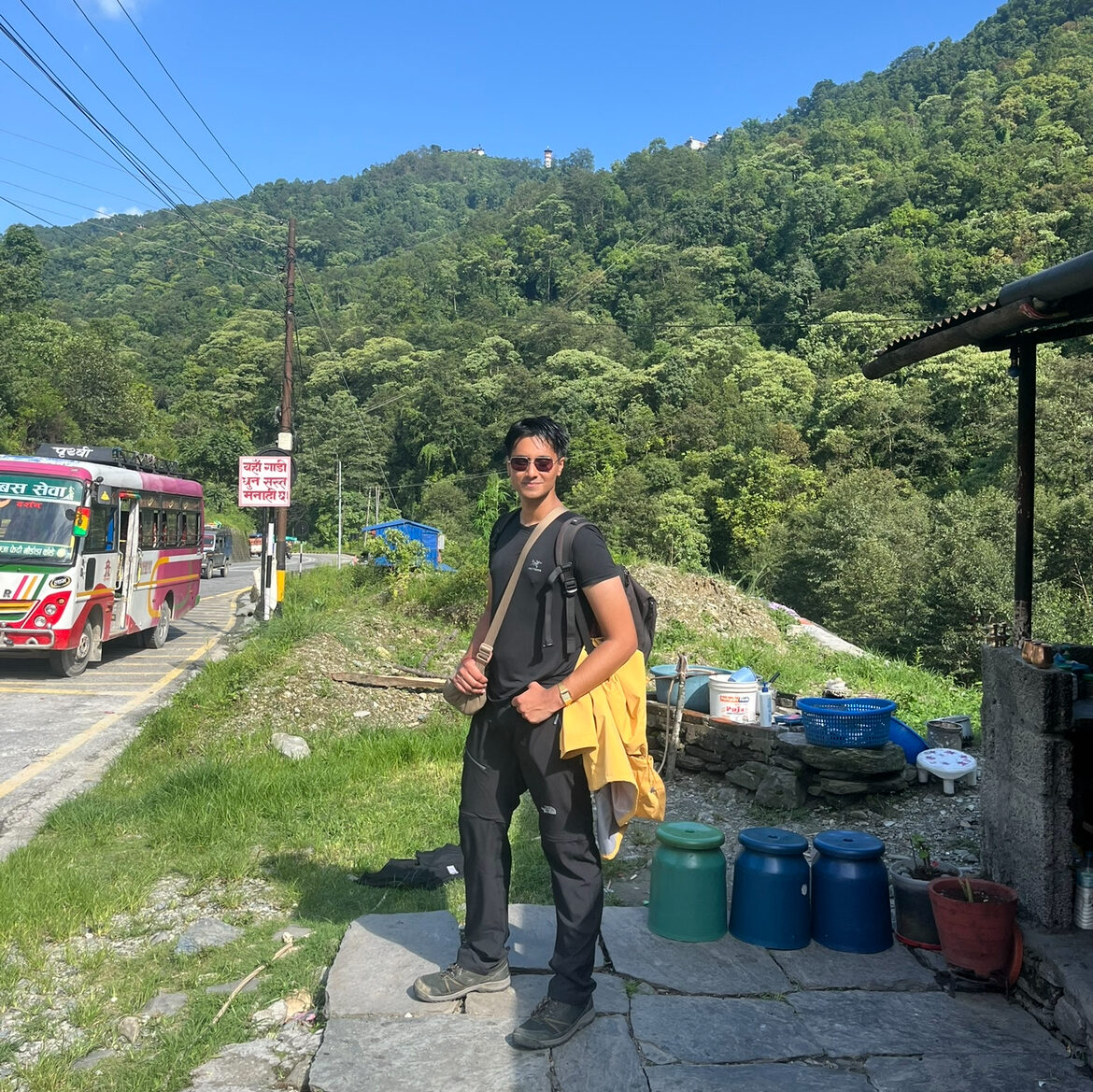
In today’s world, it’s easy to forget that our identities are not black and white. They’re not just checkboxes on an application form, despite society’s attempts to categorize us. Instead, they are a culmination of our life experiences and background.
South Asian Heritage Month represents the diaspora children and this culmination of experiences – those of us who may feel misplaced at times but are slowly finding ourselves.
Author: Sahil Sandhu, Youth Action Network member





